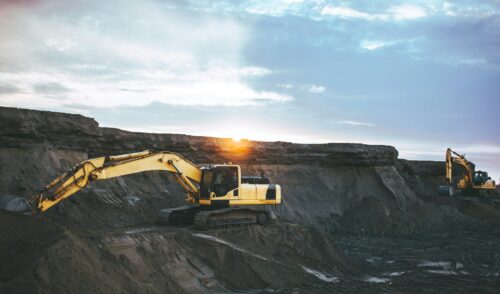
Reactor Restored by Fire
back to contentsThe annealing technology has been developed in the Kurchatov Institute in the late 1980s and recognized worldwide as the most effective way to ensure safe and seamless reactor operation. Kola NPP Director Vasily Omelchuk noted that the reactor vessel annealing was tested at Kola NPP in 1989. The first application of the new technology took place at Novovoronezh Unit where it was used to recover steel properties of Unit 3 reactor. The same technology was used to restore VVER-440 reactors installed at Ukraine’s Rivne NPP, Armenian NPP, Greifswald NPP in Germany, and Kozloduy NPP in Bulgaria.
Before beginning the restoration of Kola Unit 2, steel conditions were carefully studied by analyzing samples cut out from the reactor’s inner surface. The vessel was annealed right in the reactor island, with the reactor vessel remaining in place. A two-storey high annealing furnace was disassembled and transported into the island and then mounted on the reactor vessel. Its steel walls were slowly heated to 475ºС, soaked for 150 hours and then gradually cooled. All in all, the annealing procedure took 15 days.
The next step is to carry out a feasibility study for the life extension of the reactor vessel. The plans are to cut out eight steel samples that will be sent to the Kurchatov Institute for examination. The final report on the results of annealing at Kola Unit 2 is to be prepared in December 2017. It will be used by experts to make a final decision on the service life extension of the reactor vessel.




